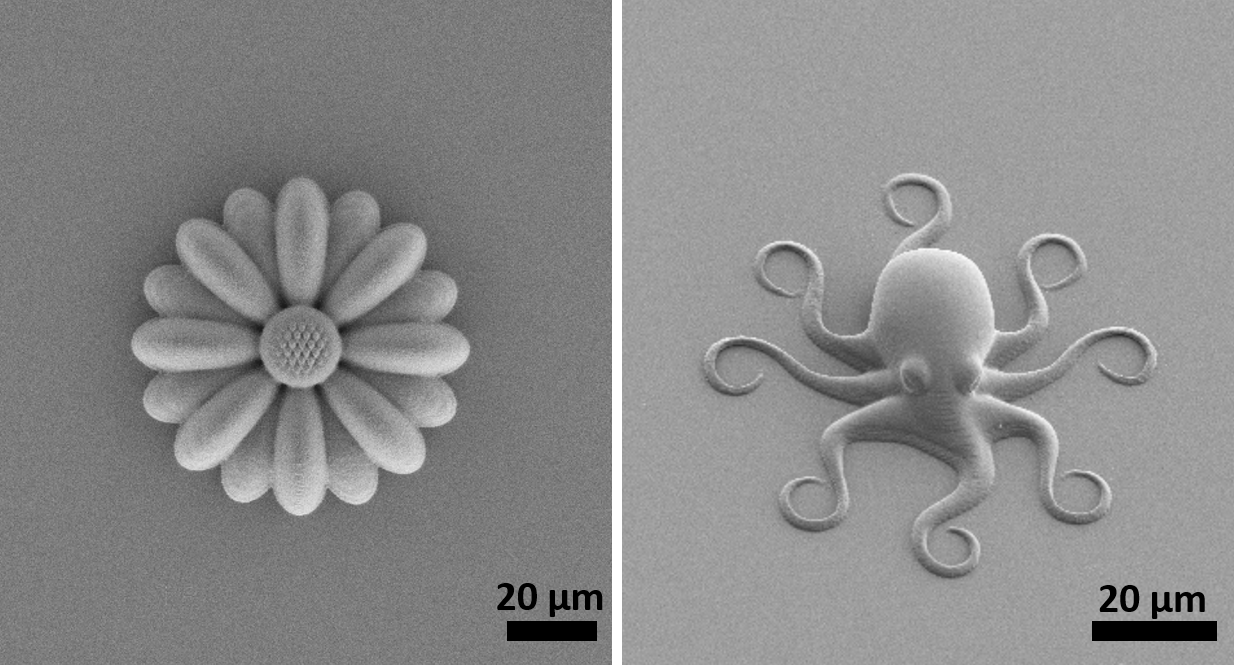A reconstructed ear made of living cells could herald a new era of 3D-printed organs.
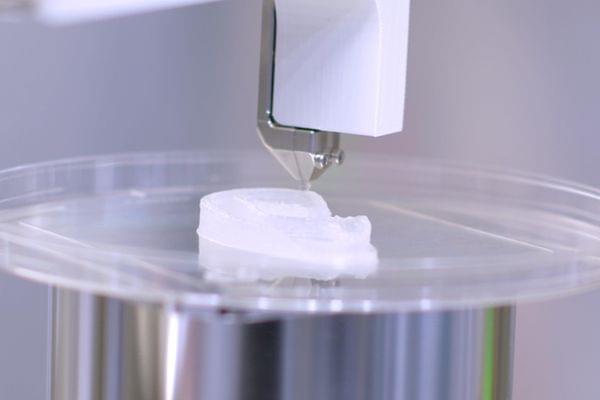

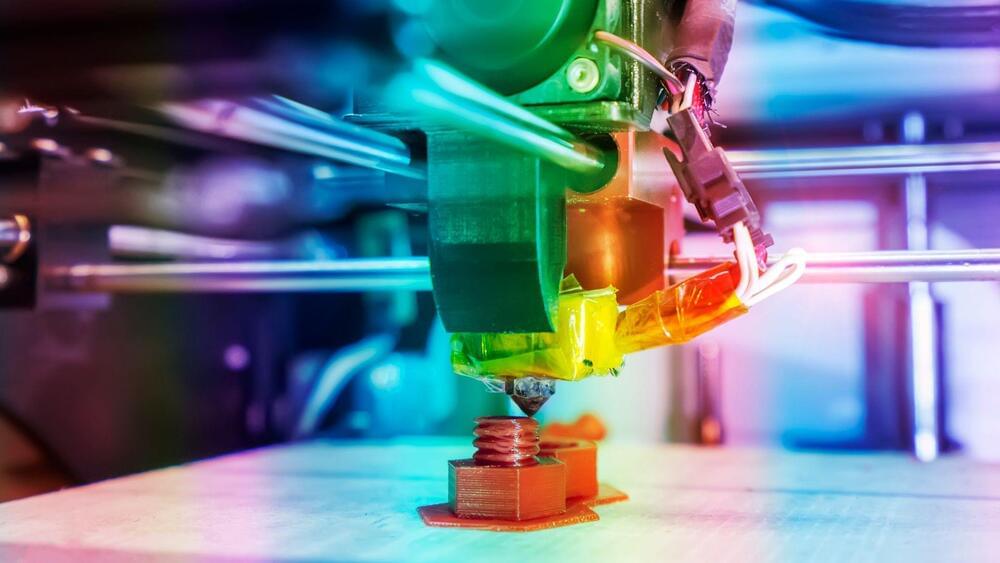
It’s all thanks to nanoclusters.
A new nanoscale 3D printing material developed by Stanford University engineers may provide superior structural protection for satellites, drones, and microelectronics.
A dual-phase, nanostructured high-entropy alloy that has been 3D printed by researchers from the University of Massachusetts Amherst and the Georgia Institute of Technology is stronger and more ductile than other cutting-edge additively manufactured materials. This discovery could lead to higher-performance components for use in aerospace, medicine, energy, and transportation.
High entropy alloys (HEAs), as they are called, have gained popularity as a new paradigm in materials science over the past 15 years. They allow for the creation of a nearly limitless number of different alloy designs since they include five or more elements in nearly equal amounts. Brass, carbon steel, stainless steel, and bronze are examples of traditional alloys that mix a principal element with one or more trace elements.
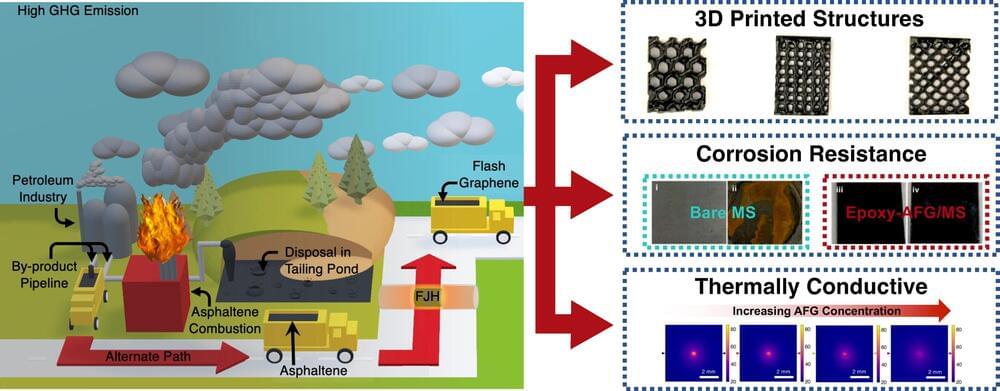
Asphaltenes, a byproduct of crude oil production, are a waste material with potential. Rice University scientists are determined to find it by converting the carbon-rich resource into useful graphene.
Muhammad Rahman, an assistant research professor of materials science and nanoengineering, is employing Rice’s unique flash Joule heating process to convert asphaltenes instantly into turbostratic (loosely aligned) graphene and mix it into composites for thermal, anti-corrosion and 3D-printing applications.
The process makes good use of material otherwise burned for reuse as fuel or discarded into tailing ponds and landfills. Using at least some of the world’s reserve of more than 1 trillion barrels of asphaltene as a feedstock for graphene would be good for the environment as well.
In recent years, updates in 3D printing technologies have allowed medical researchers to print things that were not possible to make using the previous version of this technology, including food, medicine, and even body parts.
In 2018, doctors from the Ontario Veterinary College 3D printed a custom titanium plate for a dog that had lost part of its skull after cancer surgery.
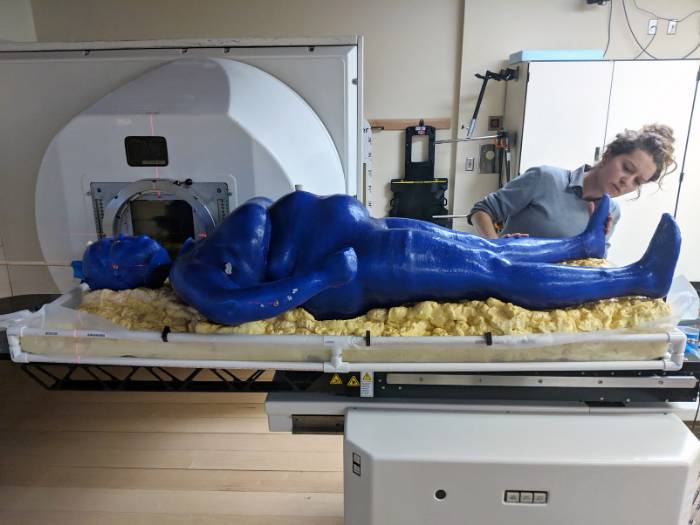
face_with_colon_three circa 2018.
Meagan Moore, a Biological and Agricultural Engineering student from Louisiana State University (LSU) has 3D printed a full-size model of the human body for use in radiotherapy.
Such models used in radiotherapy mimic the human tissue, and in medical terms are known as imaging phantoms or phantoms. They are used in radiotherapy to estimate the amount of dose delivery and distribution. A customized phantom of a patient can make the whole process more precise.
3D printing and cancer research
As has been previously reported, 3D printing is being explored by researchers for use in cancer treatment. Earlier this year, Adaptiiv Medical Technologies’ 3D printed bolus was approved for radiation therapy.
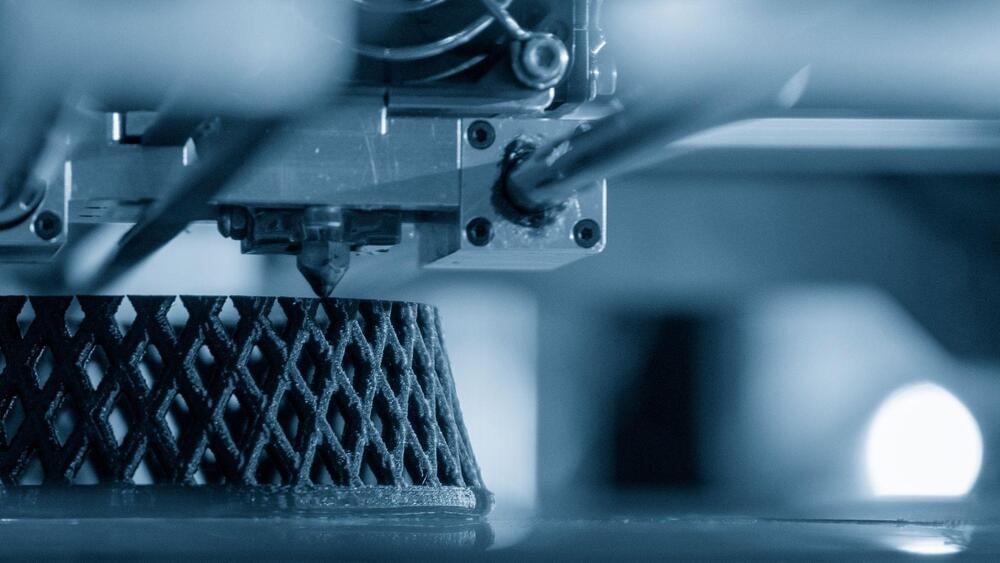
It’s all thanks to nanoclusters.
A new nanoscale 3D printing material developed by Stanford University engineers may provide superior structural protection for satellites, drones, and microelectronicsAn improved lightweight, a protective lattice that can absorb twice as much energy as previous materials of a similar density has been developed by engineers for nanoscale 3D printing.
According to the study led by Stanford University, a nanoscale 3D printing material, which creates structures that are a fraction of the width of a human hair, will enable to print of materials that are available for use, especially when printing at very small scales.
Phuchit/iStock.
An improved lightweight, a protective lattice that can absorb twice as much energy as previous materials of a similar density has been developed by engineers for nanoscale 3D printing.
Scientists from the Department of Mechanical Engineering at Osaka University introduced a method for manufacturing complex microrobots driven by chemical energy using in situ integration. By 3D-printing and assembling the mechanical structures and actuators of microrobots inside a microfluidic chip, the resulting microrobots were able to perform desired functions, like moving or grasping. This work may help realize the vision of microsurgery performed by autonomous robots.
As medical technology advances, increasingly complicated surgeries that were once considered impossible have become reality. However, we are still far away from a promised future in which microrobots coursing through a patient’s body can perform procedures, such as microsurgery or cancer cell elimination.
Although nanotech methods have already mastered the art of producing tiny structures, it remains a challenge to manipulate and assemble these constituent parts into functional complex robots, especially when trying to produce them at a mass scale. As a result, the assembly, integration and reconfiguration of tiny mechanical components, and especially movable actuators driven by chemical energy, remains a difficult and time-consuming process.
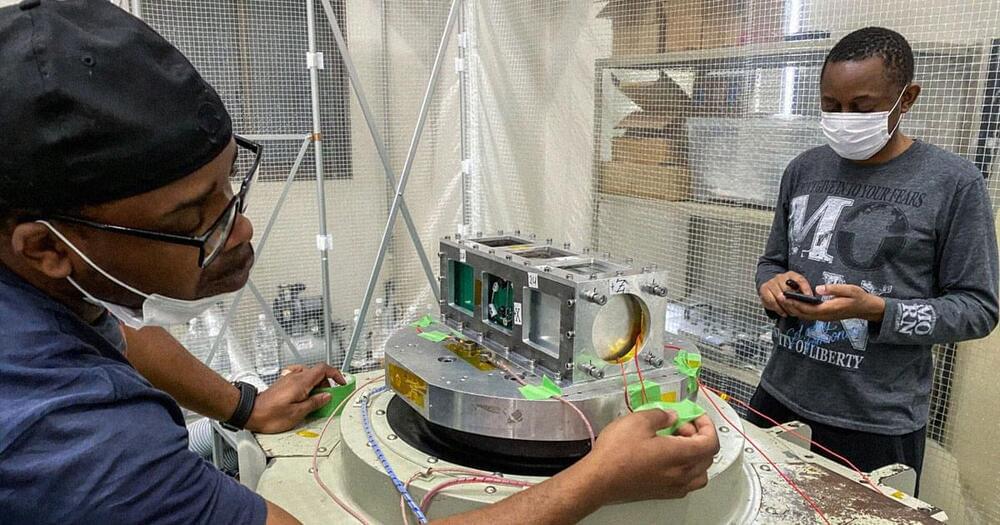
With the help of NASA and Japan, Uganda has officially become a spacefaring nation — and its newly-launched PearlAfricaSat-1 craft has some pretty nifty tech onboard.
As the Uganda-based Nile Post reports, the satellite launched out of NASA’s Mid-Atlantic Regional Spaceport facility in Virginia on the morning of November 7 will not only provide important agricultural and security monitoring features for the developing nation, but will also conduct experiments involving the 3D printing of human tissue.
Per the Ugandan news site, the tissues printed on PearlAfricaSat-1 will be used in research into the effects microgravity has on ovary function — and as Quartz notes in its write-up of the NASA and Japan-supported mission, the microgravity aspect of the experiments is key because “bioprinting” human organs is difficult to achieve with Earth’s gravity.

THE most impressive designs for near-future Mars bases have finally been revealed.
These elaborate celestial plans are the difference between human life surviving on Mars – and thriving.
When it comes to planning how to live on a planet like Mars, 3D printing has provided scientists with the easiest way of navigating an environment that has similarities, but ultimately boasts a vastly different environment from Earth.
